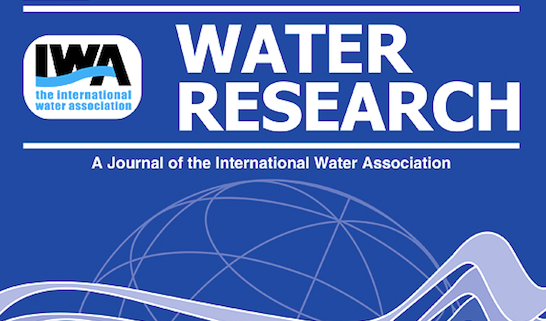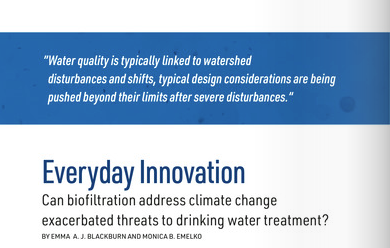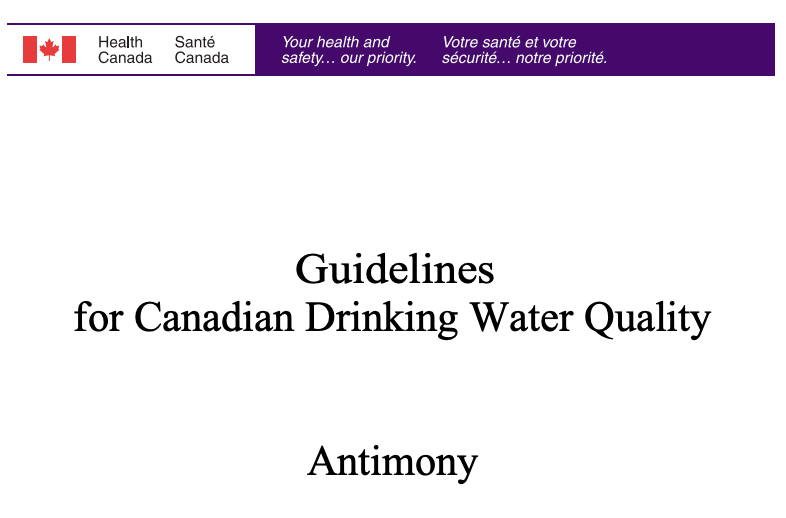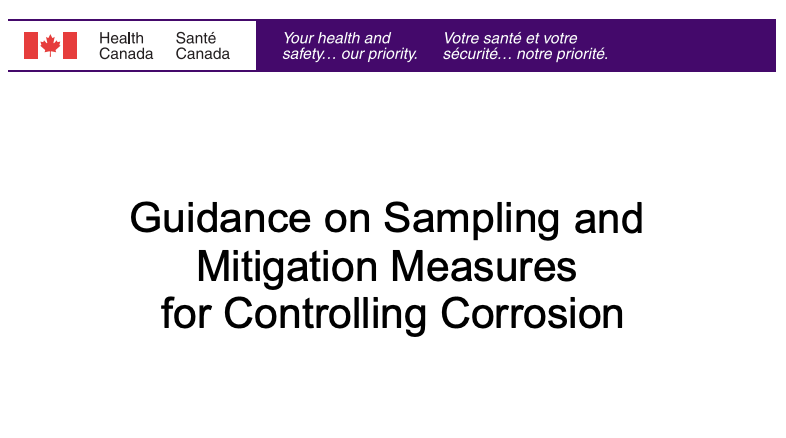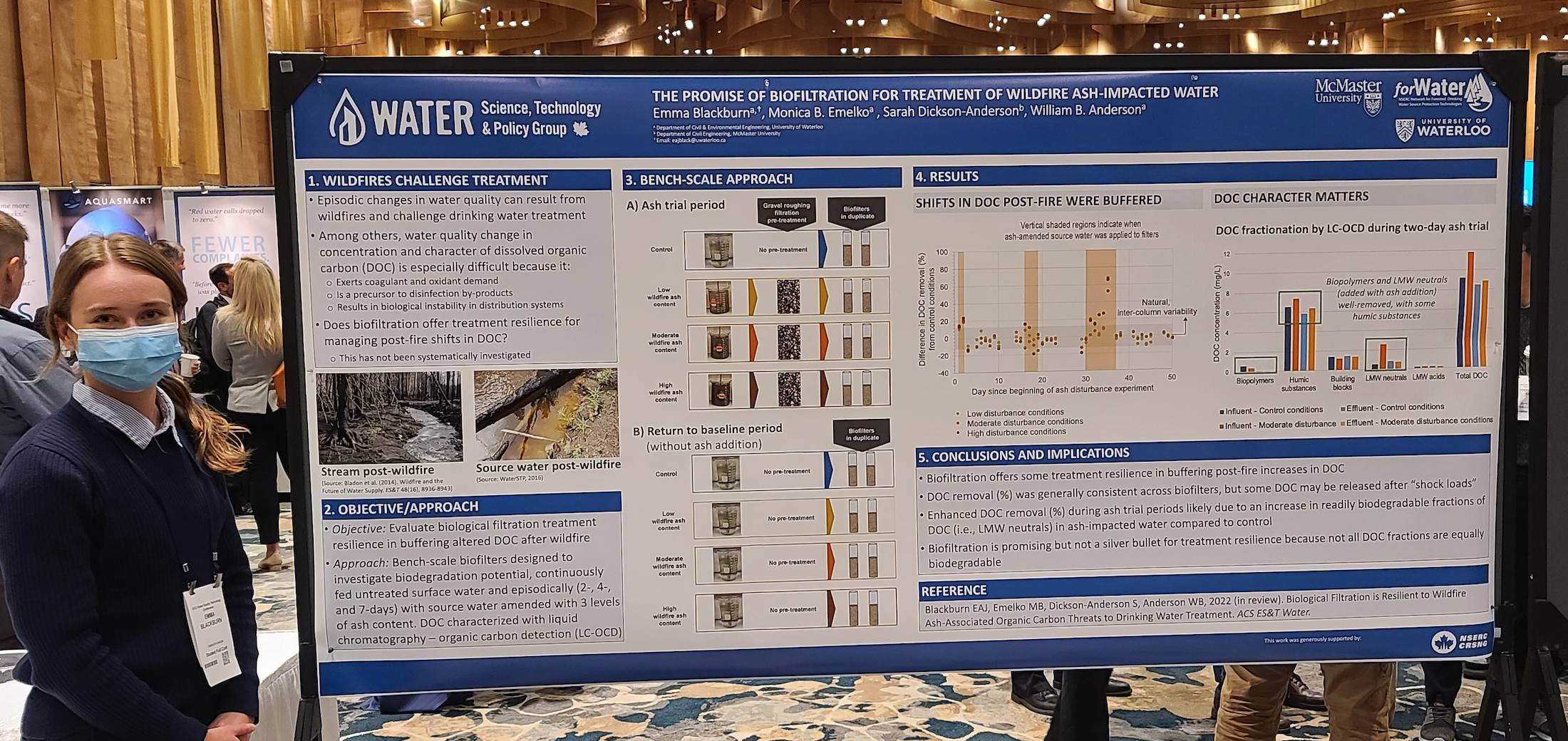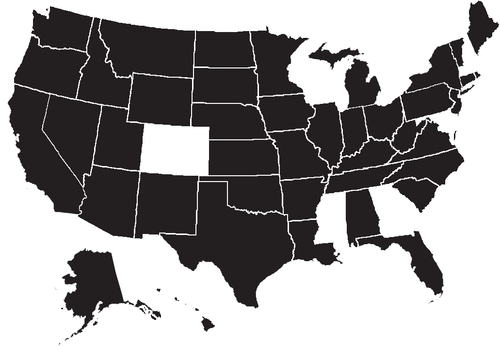Latest Publications
Praesent lectus leo, convallis id neque nec, ultrices euismod nibh. Sed ac rhoncus quam. Fusce tristique tellus diam, vel porta eros iaculis vitae.
Draft objective for per- and polyfluoroalkyl substances in Canadian drinking water
A paper recently published in the journal Water Research provides some hard evidence to suggest that climate change is related to, or associated with, cyanobacterial occurrence (it is hard to even describe the connection between the two given some uncertainties).
Water Canada features new WaterSTP group research
Emma Blackburn, PhD Candidate & Monica Emelko, Scientific Director of the WaterSTP group, share insights into new research focused on biofiltration in the latest Water Canada Magazine issue.
Draft technical document guidelines for Canadian drinking water quality – Antimony
It is proposed that a maximum acceptable concentration (MAC) of 0.006 mg/L (6 μg/L) be established for antimony in drinking water. This is the existing MAC (i.e. unchanged). The text I have highlighted in yellow below briefly explains the need for public comment given that there is no change in the MAC being proposed.
Draft guidance on sampling and mitigation measures for controlling corrosion
Health Canada has posted a request for public comment on the draft document entitled “Guidance on sampling and mitigation measures for controlling corrosion.” They indicate that it “has been developed with the intent to provide regulatory authorities and decision-makers with guidance on sampling and mitigation measures for controlling corrosion in drinking water distribution systems.
Emma Blackburn, PhD Student wins third-place at WQTC Conference
Emma Blackburn, PhD Student with the WaterSTP group, received the third-place poster award in the Student Poster Competition, where graduate students involved in water technology research from around the world presented their work.
Estimating National Exposures and Potential Bladder Cancer Cases Associated with Chlorination DBPs in U.S. Drinking Water
Despite significant reductions in exposure over the past several decades, our study suggests that ∼10% of the bladder cancer cases in the United States may still be attributed to exposure to DBPs found in drinking water systems.”
In The Press
Praesent lectus leo, convallis id neque nec, ultrices euismod nibh. Sed ac rhoncus quam. Fusce tristique tellus diam, vel porta eros iaculis vitae.
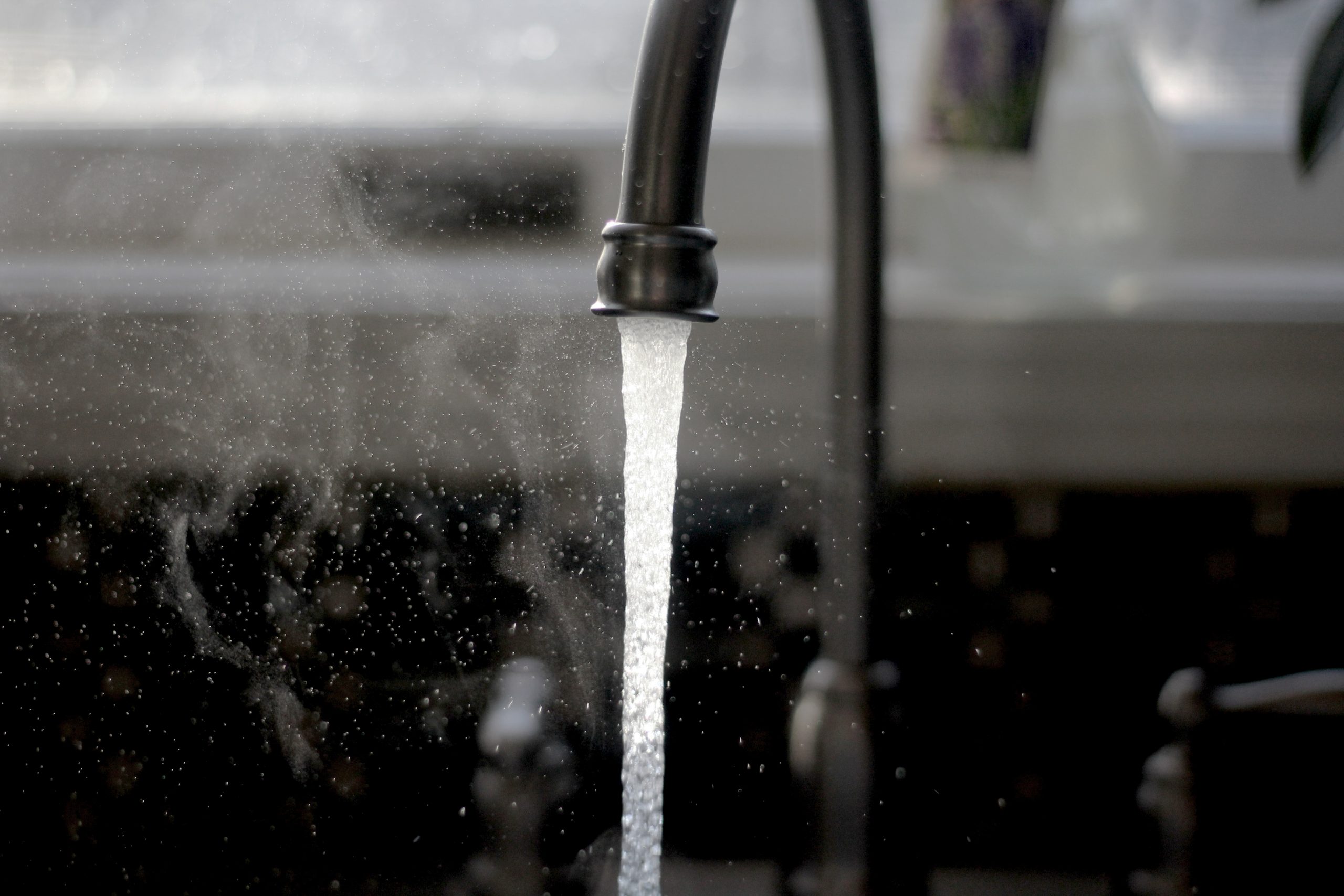
CBC News investigates health risks in water quality, Emelko shares insights
Monica Emelko shares insight into the water quality issues that arise after a wildfire.
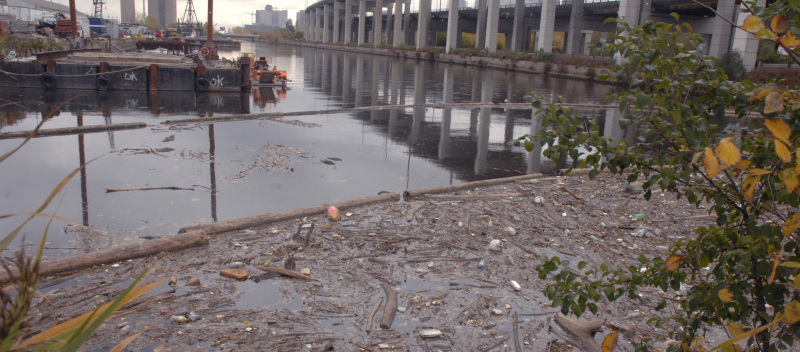
Monica Emelko presents on source water protection and climate change at Singapore International Water Week
Monica Emelko shares insight into the water quality issues that arise after a wildfire.

Alex Chik wins prestigious 1st place AWWA dissertation award
The WaterSTP group is pleased to announce that recent graduate, Dr. Alex Ho Shing Chik, has received the 2021 American Water Works Association (AWWA) first place Academic Achievement Award for his doctoral dissertation.
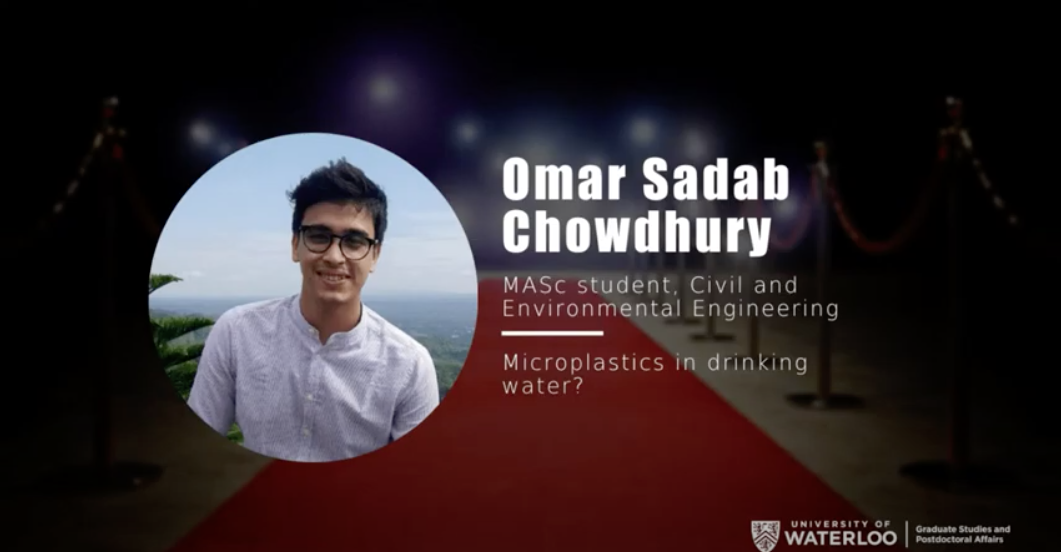
Omar Chowdhury a Finalist in GRADflix Showcase 2021
Omar Chowdhury a Finalist at the GRADflix Showcase [...]
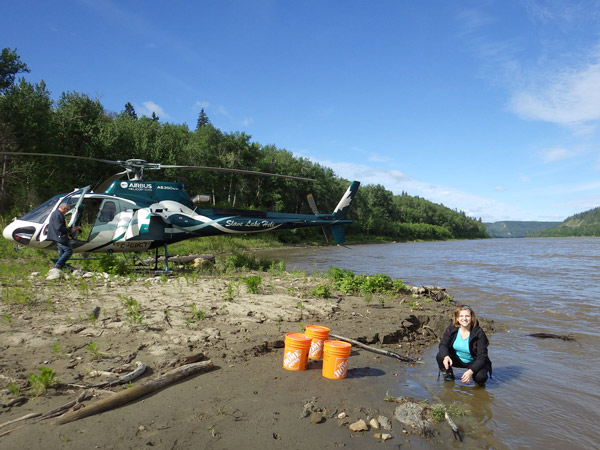
Monica Emelko named the first Canada Research Chair in Water Science, Technology and Policy
Monica Emelko, Principal Investigator for the forWater Network and a professor in Waterloo's Department of Civil and Environmental Engineering, is the first Canada Research Chair in Water Science, Technology and Policy.
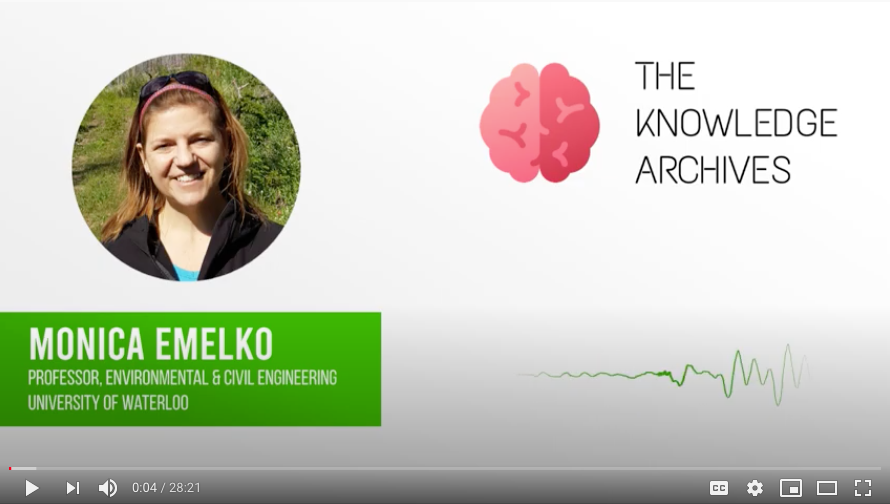
Monica Emelko interviewed on The Knowledge Archives podcast
The Knowledge Archives host, Madhav Malhotra, recently sat down with Water Science, Technology, and Policy (Water STP) leader Monica Emelko to discuss her research as well as the future of engineering & applied science in a changing climate.
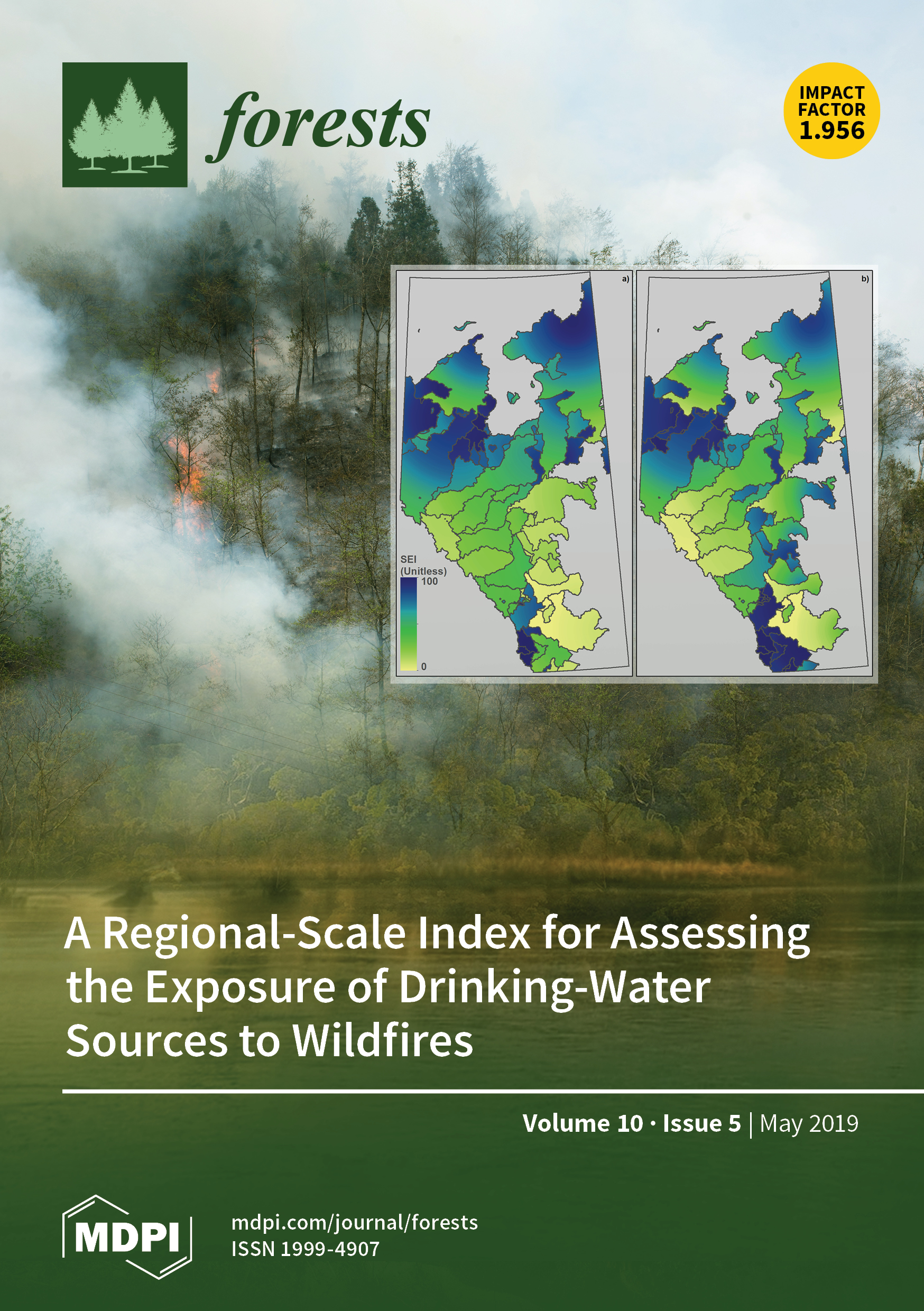
WaterSTP Paper Selected as Forests Journal Cover Story
A recent paper led by Dr. François-Nicolas Robinne of Canada Wildfire including WaterSTP leader Monica B. Emelko was chosen to be featured on the cover of the May 2019 issue of Forests.
On-Going Research
Praesent lectus leo, convallis id neque nec, ultrices euismod nibh. Sed ac rhoncus quam. Fusce tristique tellus diam, vel porta eros iaculis vitae.
Draft objective for per- and polyfluoroalkyl substances in Canadian drinking water
A paper recently published in the journal Water Research provides some hard evidence to suggest that climate change is related to, or associated with, cyanobacterial occurrence (it is hard to even describe the connection between the two given some uncertainties).
Water Canada features new WaterSTP group research
Emma Blackburn, PhD Candidate & Monica Emelko, Scientific Director of the WaterSTP group, share insights into new research focused on biofiltration in the latest Water Canada Magazine issue.
Draft technical document guidelines for Canadian drinking water quality – Antimony
It is proposed that a maximum acceptable concentration (MAC) of 0.006 mg/L (6 μg/L) be established for antimony in drinking water. This is the existing MAC (i.e. unchanged). The text I have highlighted in yellow below briefly explains the need for public comment given that there is no change in the MAC being proposed.
Draft guidance on sampling and mitigation measures for controlling corrosion
Health Canada has posted a request for public comment on the draft document entitled “Guidance on sampling and mitigation measures for controlling corrosion.” They indicate that it “has been developed with the intent to provide regulatory authorities and decision-makers with guidance on sampling and mitigation measures for controlling corrosion in drinking water distribution systems.
Emma Blackburn, PhD Student wins third-place at WQTC Conference
Emma Blackburn, PhD Student with the WaterSTP group, received the third-place poster award in the Student Poster Competition, where graduate students involved in water technology research from around the world presented their work.
Estimating National Exposures and Potential Bladder Cancer Cases Associated with Chlorination DBPs in U.S. Drinking Water
Despite significant reductions in exposure over the past several decades, our study suggests that ∼10% of the bladder cancer cases in the United States may still be attributed to exposure to DBPs found in drinking water systems.”
Discover The Future
We are a multi-disciplinary laboratory committed to focussed and efficient drug discovery

